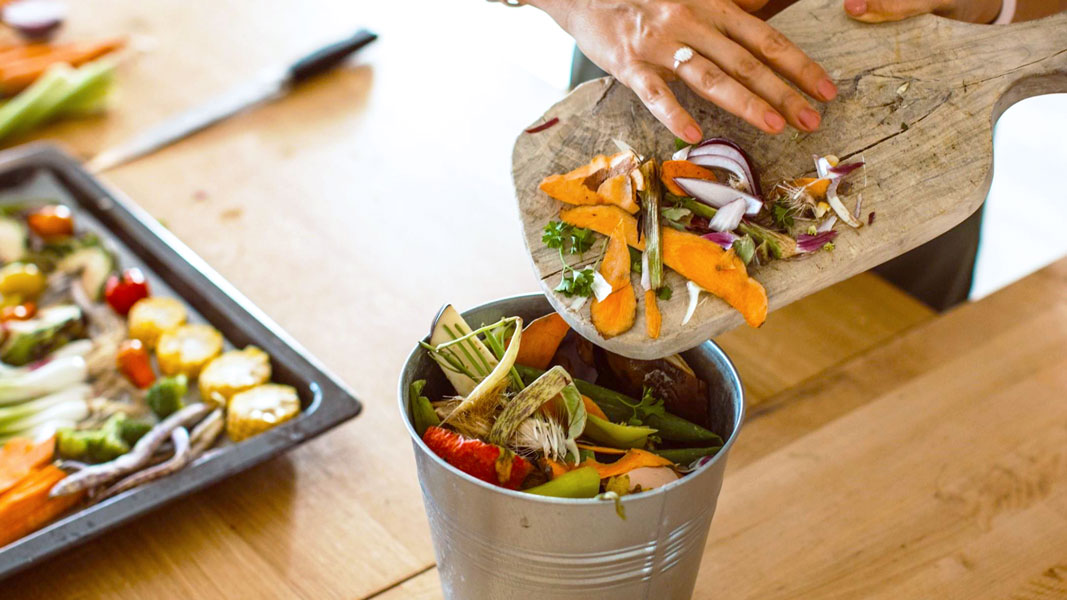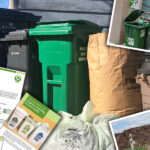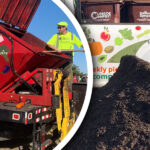Top: Countertop food scrap containers can be a lever for food waste prevention. Photo courtesy WRAP
WRAP, a waste reduction nonprofit in the United Kingdom, teamed with SKIM, behavior change researchers, to investigate whether household use of kitchen countertop food scrap caddies (aka bins) could be a lever for food waste prevention. “Opportunities for Prevention with Household Food Waste Collections” found that habitual food waste caddy usage can be linked to lower household costs and “serves as a reminder of food wasted, making people more mindful and conscientious of their waste.” Further, notes the report, “enhanced visibility of food waste prompts users to reconsider their consumption habits, including meal planning and storage techniques.”
Survey participants were from England, Wales, and Austria. Prompts included questions regarding caddy usage, from where it is kept to users’ feelings towards their caddies to suggestions for reducing food waste. “England had the lowest number out of people sampled who put their food scraps in a separate food waste caddy or bin at 17%,” WRAP and SKIM report. “Wales and Austria came in at 42% and 38% respectively. Notably, across the board many users were unclear on whether their [caddy] liners are compostable and the use of liners was often linked to whether they were provided for free. Furthermore, a lack of robust liners was cited as a dislike of caddy systems and were associated with leading to unpleasant smells and clean up processes. This was linked to low rates of caddy usage.”
The research found that over time, as food waste collection becomes routine, users become less conscious of what they’re disposing. To counter this, WRAP recommends regular communication campaigns or visual cues on caddies to maintain awareness of food waste. This could include stickers with waste reduction tips or reminders about the impact of food waste.
WRAP identified four key opportunities to help reduce food waste through the caddy system and beyond:
- Boost saliency among current users and encourage complete usage of the caddy for all food waste via communications. Conduct targeted education campaigns about what can go in the caddy, emphasizing that not just inedible scraps should be included. Couple this with tips on how to reduce edible food waste in the first place.
- Connect food waste to the cost-of-living crisis to deepen relevancy and expand usage.
- Nudge consumers throughout the food waste management process to expand top-of-mind moments, e.g., in the retail store or on packaging.
- Utilize communications to show the impact of individual actions and provide regular, localized feedback on the collective impact of food waste recycling. To break the automatic behavior of food waste disposal, the study suggests implementing periodic ‘”challenges” or community events to encourage residents to actively think about their food waste for a set period, helping to re-establish the connection between waste disposal and food management practices.
“These interventions should not be implemented in isolation,” notes the study. Using a “multi-faceted approach combining individual actions, education, retail sector changes, community initiatives, and targeted incentives is likely to be most effective in reducing household food waste.”













